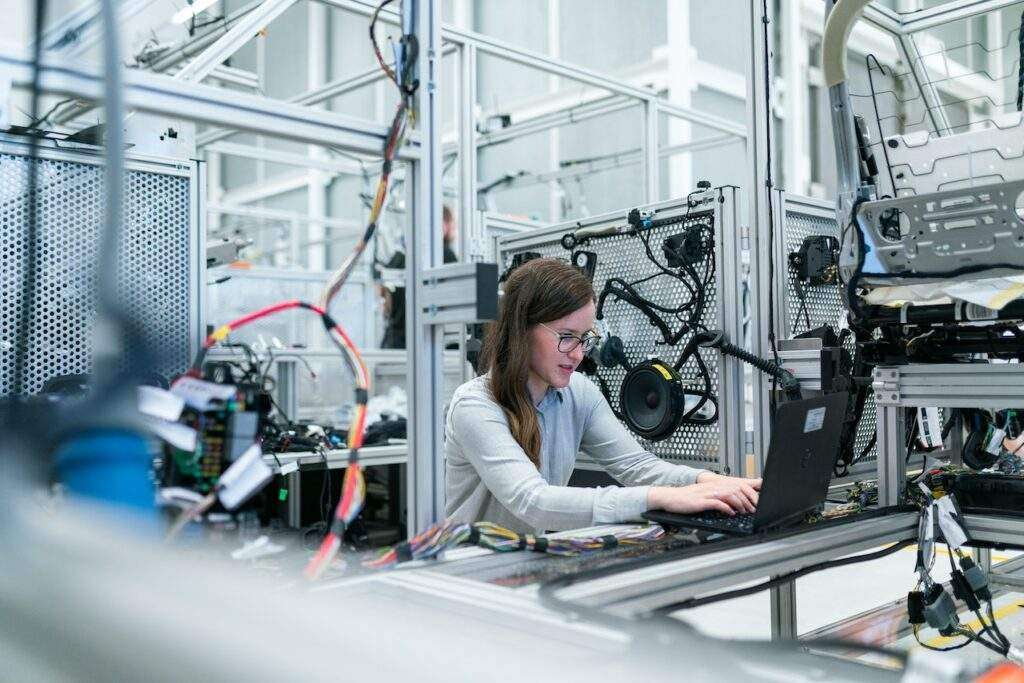
You’ll know that when you work in product development and manufacturing, ensuring the safety, quality, and reliability of products is as important as it gets. That’s why product testing is so crucial. Every manufacturer waits with bated breath through the process, from drug suppliers to the construction industry. It’s so important that there can be a bit of an air of mystery around it for new business owners looking to get their products to the shelves.
This article aims to shed some light on and address the most commonly asked questions about product testing. It’ll look at understanding the basics before diving into specific concepts like extractables and leachables.
What Is Product Testing?
Product testing puts a product through a range of tests to ensure its compliance with industry standards, regulations, and user expectations.
Why Is Product Testing Important?
Quality Assurance
Product testing is there to identify defects, weaknesses, or inconsistencies in the product design or manufacturing process. It helps the end product to meet the quality standards it needs to.
Safety
Testing ensures that products are safe for consumers and users. It identifies potential hazards, risks, or harmful components.
Compliance
Many industries are subject to strict regulations and standards. Product testing ensures that products meet these requirements, avoiding legal and financial consequences.
Customer Satisfaction
Thorough testing helps deliver products that function as intended, enhancing customer satisfaction and loyalty.
What Are the Different Types of Product Testing?
Functional Testing
Checks whether a product performs its intended functions accurately and efficiently.
Performance Testing
This will be more and more important as heat waves become more and more common. It evaluates a product’s performance under different conditions, like stress, load, or variations in temperature.
Durability Testing
Determines the product’s lifespan and how it holds up under extended use.
Reliability Testing
Measures a product’s ability to consistently perform without failures or breakdowns.
Safety Testing
Identifies potential safety hazards or risks associated with product use.
Compatibility Testing
Ensures the product functions seamlessly with other devices or software.
Usability Testing
Assesses the user-friendliness and ease of use of a product.
How is Product Testing Conducted?
- Planning: Define the scope, objectives, and parameters of the testing process.
- Test Design: Develop a detailed testing plan, including scenarios, methodologies, and success criteria.
- Execution: Perform the tests according to the established plan, recording results and observations.
- Analysis: Evaluate the test results to identify any defects, inconsistencies, or areas for improvement.
- Reporting: Create a comprehensive report detailing the testing process, outcomes, and recommendations.
What Are Extractables and Leachables?
Extractables are chemical compounds that can be extracted from a product’s components like materials, adhesives, or coatings when exposed to specific conditions. These conditions might involve solvents, heat, or other stressors that are simulations of the kind of things it could face in the real world.
Leachables, on the other hand, are compounds that migrate from the product’s components into the product itself or the environment during its intended use. These compounds could potentially affect the product’s safety, quality, or efficacy.
Why Are Extractables and Leachables Testing Important?
Extractables and leachables testing is critical in industries where products come into contact with substances intended for human consumption, such as pharmaceuticals, medical devices, and food packaging. This testing helps identify and quantify potential chemicals that could migrate into the product, ensuring that these compounds remain within safe limits. A good extractable and leachable testing lab will give your product a thorough test in a range of conditions. Broughton Group has over 15 years of experience and they are dedicated to helping to build a healthier world.
How is Extractables and Leachables Testing Conducted?
- Material Selection: Identify all materials used in the product and its packaging.
- Extraction Studies: Subject these materials to controlled extraction studies using various solvents and conditions to simulate different use scenarios.
- Analysis: Analyze the extracted solutions using advanced techniques like mass spectrometry to identify and quantify the chemicals present.
- Toxicological Assessment: Evaluate the potential risks associated with the detected chemicals by comparing them to established safety thresholds.
- Regulatory Compliance: Ensure the product’s compliance with regulatory guidelines regarding acceptable levels of extractables and leachables.
How Does Product Testing Impact Innovation and Development?
Product testing is not merely a regulatory requirement; it also has a profound impact on innovation and development. By identifying weaknesses and areas for improvement early in the design phase, testing allows for timely adjustments, resulting in a more refined and effective final product. Additionally, testing fosters innovation by encouraging the exploration of new materials, technologies, and designs that align with safety and quality standards.
What Are Some Challenges in Product Testing?
- Resource Limitations: Comprehensive testing can be resource-intensive in terms of time, equipment, and skilled personnel.
- Changing Regulations: Keeping up with evolving regulations and standards can be challenging for businesses.
- Complex Products: Testing intricate products with multiple components can be complex, requiring careful planning and execution.
- Variability: Variability in test results due to factors like environmental conditions or human error can complicate the interpretation of findings.
In Conclusion
Product testing ensures that products meet quality standards, are safe for consumers, and comply with regulatory requirements. From evaluating functional performance to assessing potential risks like extractables and leachables, product testing encompasses a wide range of techniques and methodologies. It can help you to deliver your best work to the market.